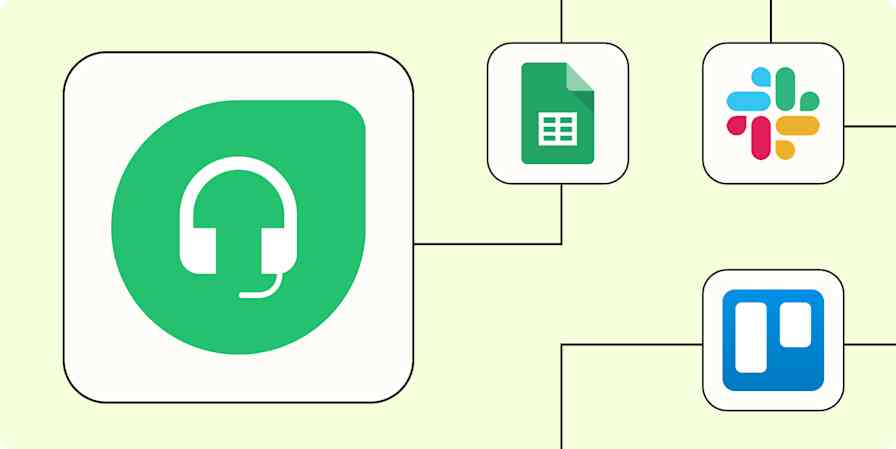Business tips
6 min readHow a commitment to customer service can help your business grow
HelpCrunch benefited from building a customer-centric business. Here's how.
By Lidia Bondarenko · May 17, 2021

Get productivity tips delivered straight to your inbox
We’ll email you 1-3 times per week—and never share your information.
mentioned apps
Related articles
Improve your productivity automatically. Use Zapier to get your apps working together.








